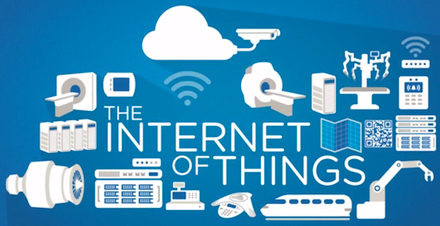|
Nauto, the transportation technology company that makes driving safer and smarter, has selected Sierra Wireless, a leading provider of fully integrated device-to-cloud solutions for IoT, as the wireless connectivity solution for the North American launch of Nauto's flagship AI-powered auto network, slated to go live in spring 2017.
The launch comes as traffic fatalities in the United States are rising at the fastest rate in 50 years, according to National Safety Council findings released recently.
At the Centrum für
Büroautomation, Informationstechnologie und Telekommunikation 2017 (CeBIT
2017), which is the largest and most internationally represented computer expo
that is held each year in Hanover, Germany, ZTE Corporation announced the
official release of two NB-IoT-based smart water meters, LXY-15 and
LXY-20 [10]. These new meters meet smart water meter reading system
requirements for wireless long-distance transmission of small data.
The released
NB-IoT-based LXY-15 and LXY-20 smart water meters meet most residents' needs.
Based on ZTE's mature smart water meter product series as well as the eccentric
rotating vane water meter, these smart water meters have a range of high-level
features, including dry type, multiple-jet eccentric structure, high
sensitivity, wide metering range, reliable metering results, excellent
antimagnetic interference performance, and superior anticontamination
performance.

The NB-IoT smart
water meter uses multiple new technologies, such as nonmagnetic induction,
NB-IoT wireless remote transmission, and low power consumption. It can also
record water metering signals, store data, and support remote communication.
NB-IoT communication technology provides a new solution for the last-mile data
transmission of smart water meter reading systems.
NB-IoT wireless
networks, water metering data and water meter status information are sent to
the backend server through the uplink, and the server configures the water
meter parameters and delivers management commands through the downlink. NB-IoT
features a 50–100 times greater uplink capacity upgrade than second
generation/third generation/4G and is 50–100 times faster than existing
wireless technologies.
NB-IoT enhances the
gain up to 20 dB compared to general packet radio service. This gain can be
noticed and covered anywhere, including places where signals are difficult to
reach, such as underground spaces, underground pipes, and basements.
In addition, NB-IoT
introduces long discontinuous reception power-saving technology and power
saving mode, guaranteeing the battery more than ten years' service life. Low
rate, low power, and low band also add to the low-cost advantage. The
NB-IoT-based solution has several advantages over previous data communication
solutions, including long-distance wireless communication, great environment
adaptability, and low power consumption.
Full article: IEEE Vehicular Technology
Magazine, Volume 12, Number 3, September 2017 |